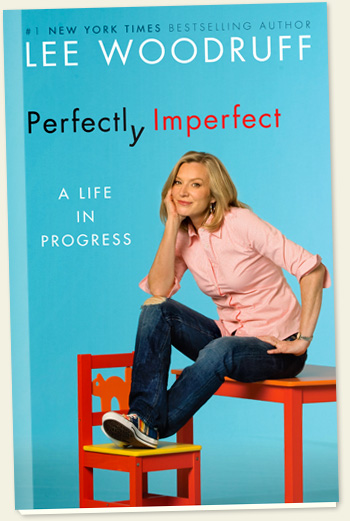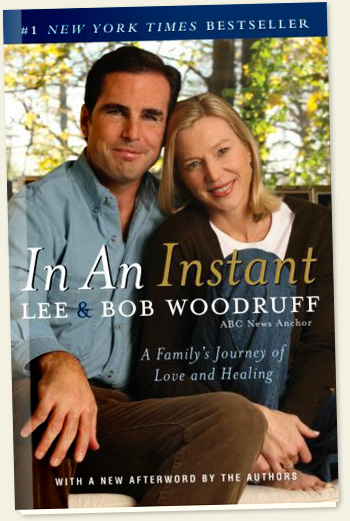Happy Valentine's Day
 February 13, 2012
February 13, 2012  5 Comments
5 Comments And if cooking is a physical manifestation of love, then it was a heart-felt gift this past summer to receive my grandmother’s well-worn 1943 original Joy of Cooking. Like a butterfly working it’s way out of the cocoon, my mother has begun wriggling free of her possessions. It’s an almost compulsive need to shed herself of her earthly weight before she is incapable of doing so, although thankfully there are no signs that she is flagging. She is a methodical person, a plotter and list maker like me, and she is determined to hand her three girls the physical pieces of our legacy in person.
When I eyeballed the cracked spine and no-nonsense pale blue and white cloth cover, I hesitated. True confession: I’m a sloppy cook book chef. I like to improvise too much and I’m lazy when it comes to precise directions. Blanching, poaching, measuring, sifting, these are all too fussy. I like to experiment a little, break the rules. Besides, I thought, I had already lovingly transcribed my favorite family dishes onto index cards in a recipe holder I‘d made as a kid in 4-H. The book was delicate, the pages yellowed.
Inside the front cover was a notation in pencil from my grandfather. And then in my grandmother’s alternatively loopy and cramped handwriting was a poem she had clearly copied as a younger wife, presumably to remind herself that the way to her young husband’s heart was ultimately through his stomach.
“Crestfallen bride, you labored long
To bake that lovely cake
And heard your husband’s
“Not so good as my mother used to make”
Before you shed your angry tears
Or hang your head in shame,
Remember – not too long ago
His father said the same”
I smiled when I read this anachronistically docile and sentimental ditty. Nana Stokes was anything but a blushing bride. She was a grand, strong, southern woman, a concert pianist who moved north when she married a Yankee. She had her funny eccentricities, her fur coat, her French words, her guided tours to foreign countries. But almost above all of that, she was a consummate cook whose love for us all manifested itself in her giant Sunday suppers. Long before people anguished over clogged arteries, gluten-free diets and veganism, she was a cooker of lard, that southern staple that made for feather-light fried chicken and pie crusts that flaked like croissants. She boiled okras and used bacon grease liberally. She salted watermelon and made berry sherbets and pound cakes with dairy cases of butter. She would have laughed in the face of canola oil or scoffed at Mrs. Dash.
My grandfather, a much quieter soul, was probably stunned into submission by her cooking. I imagine that it was her ability in the kitchen that held him at times, that endeared her to him, that smoothed out her rough, bossy edges and her strident voice. I wonder now, how he viewed her when she was hard at work, her tongue clucking, arms flailing around the timing of her roast, a shock of curly hair wilted onto her forehead by the blast of oven heat.
Even in the later years of their marriage, where habit and familiarity had frayed their patience, made them snappish and outwardly less considerate, her cooking brought all parties to the table on a Sunday after church. Food was the great equalizer. Being called to the table meant children washed their hands and grown-ups laid down their discussions before pulling up a chair and smoothing a napkin on their laps. Heads bowed, lips murmured, silverware clattered. Family time.
Flipping through the middle pages of The Joy of Cooking, a yellowed newspaper clipping fell out, and I reached to pick it up. Now this was more like the feisty grandmother I knew.
“Remember Christopher Morley’s little stanza –
“The man who never in his life
Has washed the dishes with his wife
Or polished up the silver plate –
He is still largely celibate.”
And there it was, I smiled to myself. The bookends of a bride’s life captured in this best-selling bible of domesticity. She had left her father’s house to marry with the unbridled hopefulness of a young woman. And she had evolved, like all of us, into a more realistic and gimlet-eyed wife. Her chosen stanza reflected the shrewder woman who had come to terms with a rich, mellowing love amidst the servitude and routine of real life. It was this wife who had wisely learned to barter a little nookie in the bedroom for some help in the kitchen.
Because lets face it, when all else fails, a cook can always withhold the dessert.









